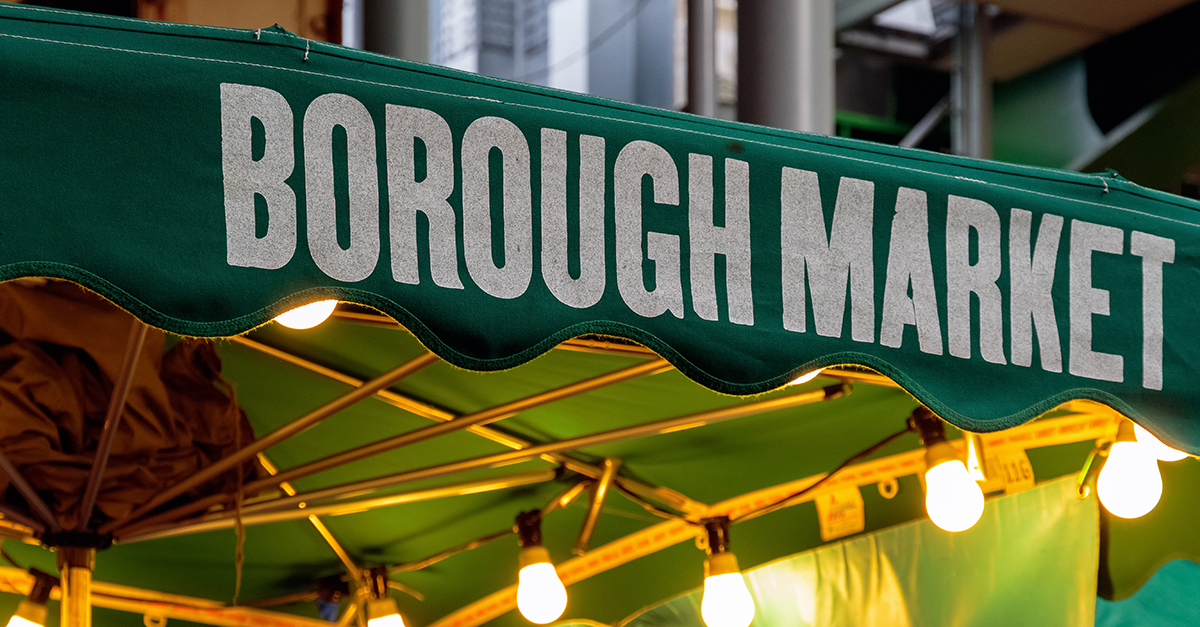What’s striking in the days following a frightening incident are the responses from commentators arguing that there is a better way to deal with panic and tragedy. One example of this is a piece published just a few hours after the terrorist attack in London’s Borough Market this weekend, where the author suggests that those using Facebook’s Safety Check feature are overreacting.
Not only that, he argues that checking in to the site in this way adds to people’s anxieties about such an event and creates a climate of fear. I disagree.
Facebook’s Safety Check is an incredibly useful feature, even for smaller incidents that affect dozens, rather than hundreds, of people. It’s a simple tool, based on users’ locations, which allows them to mark themselves as “safe” when an incident occurs nearby, and which then notifies others on their contacts list.
Of course, in the aftermath of a terrorist outrage, being encouraged to check in as safe by Facebook could be seen as an attempt to pull in even more data about you and your movements.
Indeed, the point the author makes that Safety Check means that people “engage more deeply with the social network than usual” does raise valid concerns about how Facebook might use this data.
But for people responding to a frightening incident such as the attack in London at the weekend, Safety Check’s benefits outweigh any privacy price. When friends and family are worried, and they can get instant reassurance about someone’s welfare which ensures they don’t need to send dozens of messages via other mediums to find out if their loved one is all right, it seems a fair price to pay. Our engagement and our data may be currency, but being able to offer others comfort is priceless.
Given this, it seems wrong and quite disingenuous to say that Safety Check “creates a culture of hyper-vigilance that undermines our capacity to feel relatively secure about our environment”.
We live in technologically connected times, our devices are always on, and we send and receive multiple online communications on a regular and rapid basis. Connecting in this way is not unusual – it’s the norm nowadays, not the cause and effect of a Facebook feature. If this is how the majority of us connect with each other, then silence from someone on an online platform during a crisis can cause others to worry.
And it is this that Safety Check is for. It’s not about somehow being a narcissist and trying to catch a bit of attention, as some might suggest, by aligning yourself to a tragedy: it’s about informing others – often those in places who have no idea how far away the centre of the city’s London Bridge and Borough Market might be to someone living in out in the suburbs – that you are okay.
It’s about reassuring people, who are already concerned by the rolling international news coverage that’s being broadcast live, and covered on every possible social media channel, that you are safe.
It offers an immediacy for worried friends and family, that in previous, non-digitally-connected years, they wouldn’t have. It’s an exceptional yet utterly simple, feature that allows us to instantly let people around us know that they don’t need to worry.
When a crisis like this happens, there is a saying that we should be signal, not noise, that we should offer up only what’s needed to be known, when there is a state of panic. Clicking “safe” on a link to let others know you are, simply signals just that, and if – God forbid – another incident happens here in London, I hope Facebook will again offer this feature to those that can make use of it.

Anonymous
Excellent advice. Thank you
Wilderness
It’s a good feature that’s useful in many emergency situations, not just terror attacks.
Damian
Well said.
It probably also makes it harder for scammers to impersonate you and ask for money to get out of the situation.